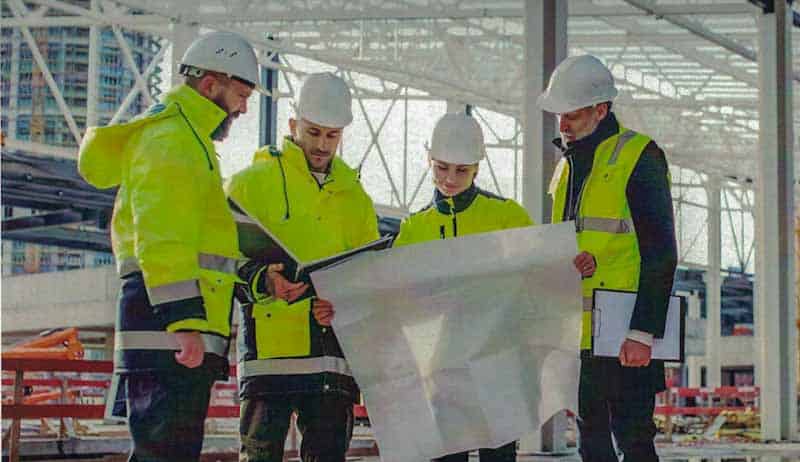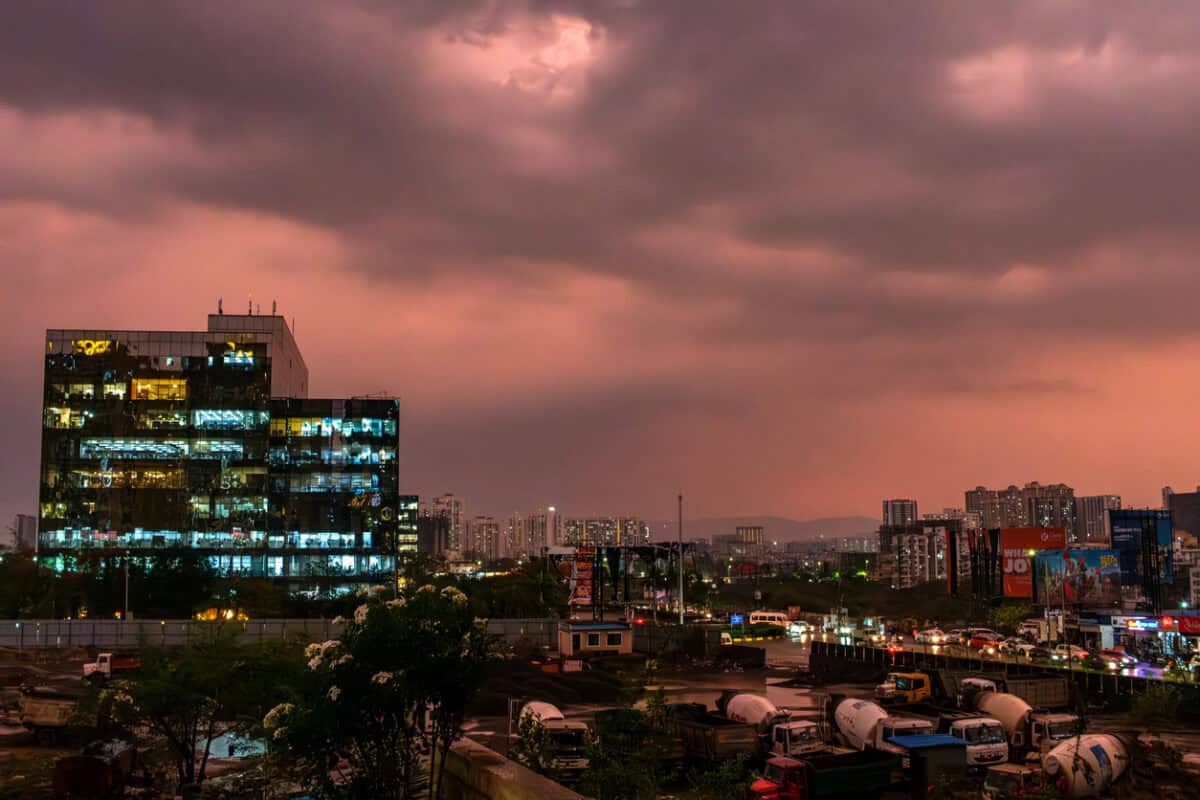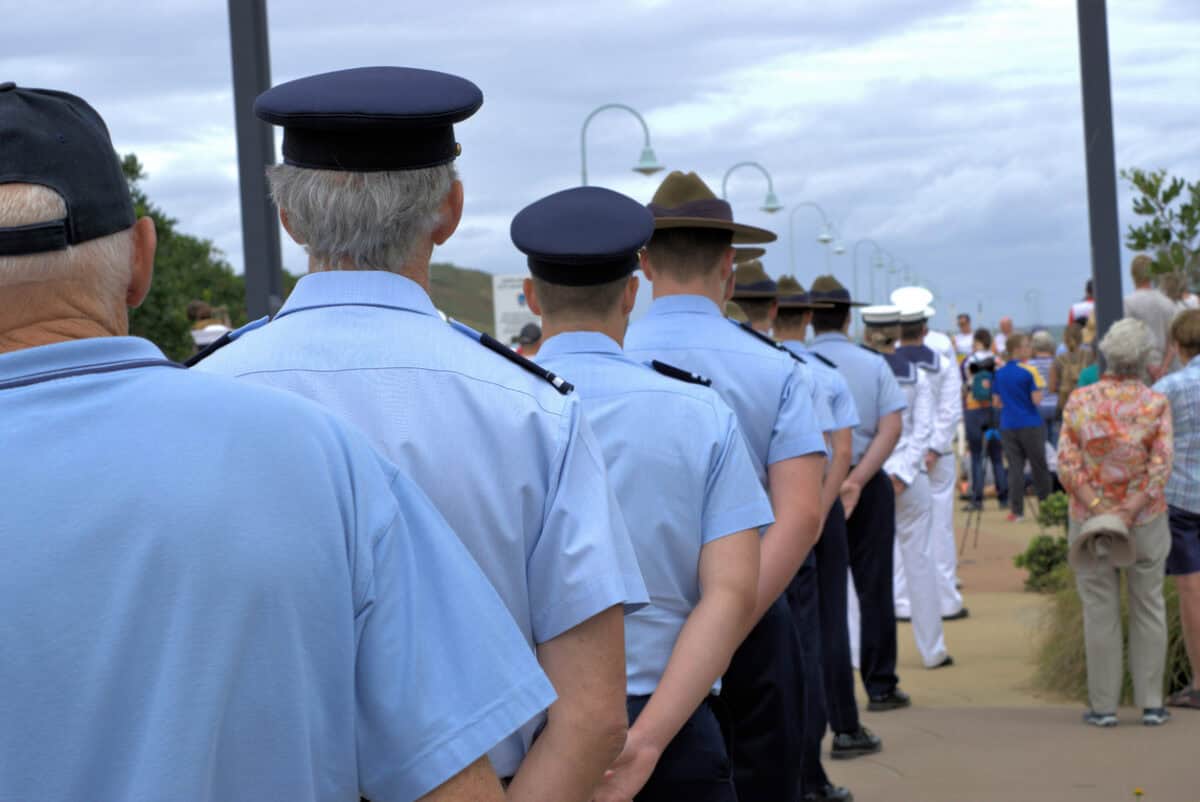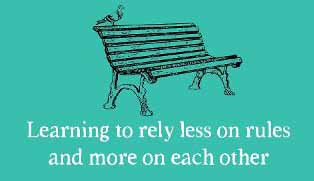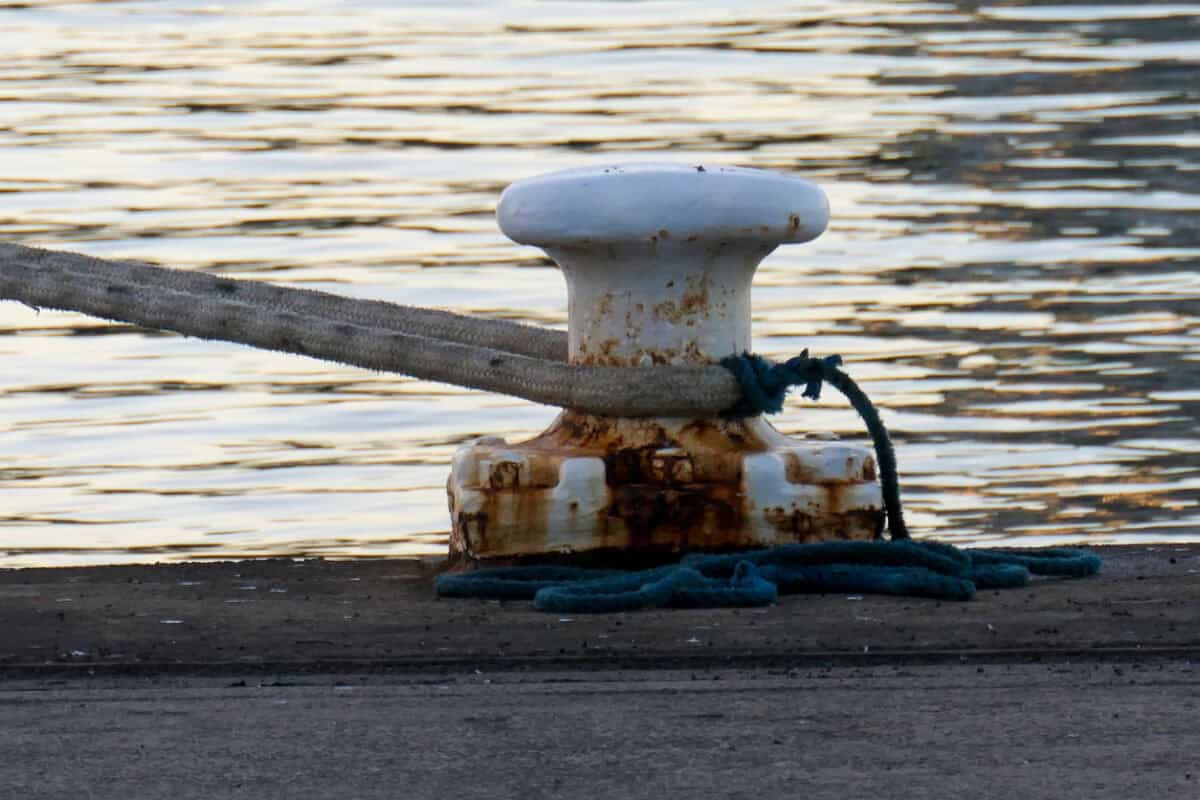Last week, RMIT University launched the Safety and Health Innovation Network (SHINe), a new safety, health, and wellbeing research fund that will work collaboratively with the University of Colorado’s Construction Safety Research Alliance (CSRA) and others. This is a promising source of funds for new occupational health and safety research in the construction industry. SafetyAtWorkBlog attended the launch and was able to talk exclusively about the program with Distinguished Professor Helen Lingard.
Category: safety culture
Another alleged work-related death at EY. This time – India
The workplace culture of EY and other major consulting companies came under scrutiny several years ago following an apparent work-related suicide at the offices of EY in Sydney. EY’s workplace culture is again being examined after the death of a young EY employee in India, allegedly due to work stress.
Trust your gut
Recently, a former occupational health and safety (OHS) official from SouthEast Asia told me a story about how his “gut” gave him a feeling about employers and companies that did not have a genuine commitment to improving the safety and health of their workers. OHS needs evidence-based decisions, but after a few years, that evidence and experience can become internalised so one’s “gut feeling” can provide a compelling clue about workplace safety culture.
Veterans, Suicide, Culture and Crompvoets
For many years, occupational health and safety (OHS) has been fixated on “Culture” as an encompassing term for what management activity does not work and what does. The focus has faded slightly since the COVID-19 pandemic. Still, Culture made an important reappearance this week with the delivery of the final report of Australia’s Royal Commission into Defence and Veteran Suicide. However, some of the most telling analyses of the safety culture in the Australian Defence Forces occurred in 2021 with the work of Samantha Crompvoets.
NOTE: this article discusses suicides
OHS questions to ponder
When wearing a motorcycle helmet and motorscooting to and from the office, I (too?) often think about occupational health and safety (OHS) while, of course, being situationally aware (mostly). It is not quite the same as an isolation tank that turned William Hurt into a caveman and a blob, but the quiet allows contemplation.
Below are some of the questions and thoughts from those sessions. Usually, these percolate for a few weeks into a blog article, but I would appreciate readers’ and subscribers’ thoughts. A prize or reward will be sent to the most engaging subscriber.
Keep away from Leadership and start to progress
Lately I have been thinking a lot about Leadership and how it dominates, and unchallenged, how occupational health and safety is managed in Australia. Of the three OHS/business books I bought this week, one included a page about Leadership and how we should move away from it.
New perspectives can perpetuate the old
An article garnering some attention on LinkedIn (Yeah, I know, the Facebook for corporate self-promotion) has called for a different path to reducing occupational health and safety injuries. “A new view of safety culture measurement” is written by safe365’s cofounder Nathan Hight. As with most articles on the Internet, the primary aim is marketing or selling (this blog is a good example); in this case he is promoting an upcoming webinar. He writes:
“In order to quantify and manage the impacts of behaviour and attitudinal-based attributes in safety, we need a more consistent approach to both the primary measurement, but also the ongoing assessment of progress and performance.”

